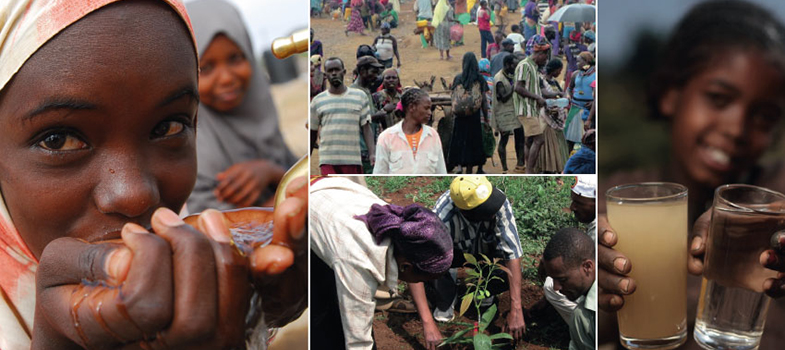10.3.2 Finding a suitable location
Once the area of land is known, the next step would be to find a suitable location. The main factors in deciding if a site is suitable are as follows:
- How far is the site from the centre of the population? On the one hand, if the site is too close, the people may be bothered by odours. However, if the site is more than about 3 km from the town, a transfer station (see Study Session 9) will be needed to transfer the waste from the collection vehicles to a lorry that then takes the waste to the site.
- Is the site near a watercourse? Generally speaking it is better to avoid an area close to flowing water because there is always a risk that leachate will leak from the site. It may be tempting to use a dry valley but this may not be dry during the rainy season and running water could carry the landfilled waste over a large area. For this reason, valleys are best avoided.
- Is there any groundwater under the site? It is important to take specialist advice about this because of the risk of contamination.
- What is the local soil type? Water and leachate flows through different soils at different speeds. Sandy soils tend to be very permeable and leachate will flow through them quickly and for a long distance. Clay soils tend to be less permeable so leachate travels slowly and for shorter distances through them.
- What do the local community think about it? Some areas of land are considered to be sacred by one or more religious groups and should never be considered for landfill. Using such land would be deeply offensive to the people concerned.
10.3.1 Estimation of the required land area
